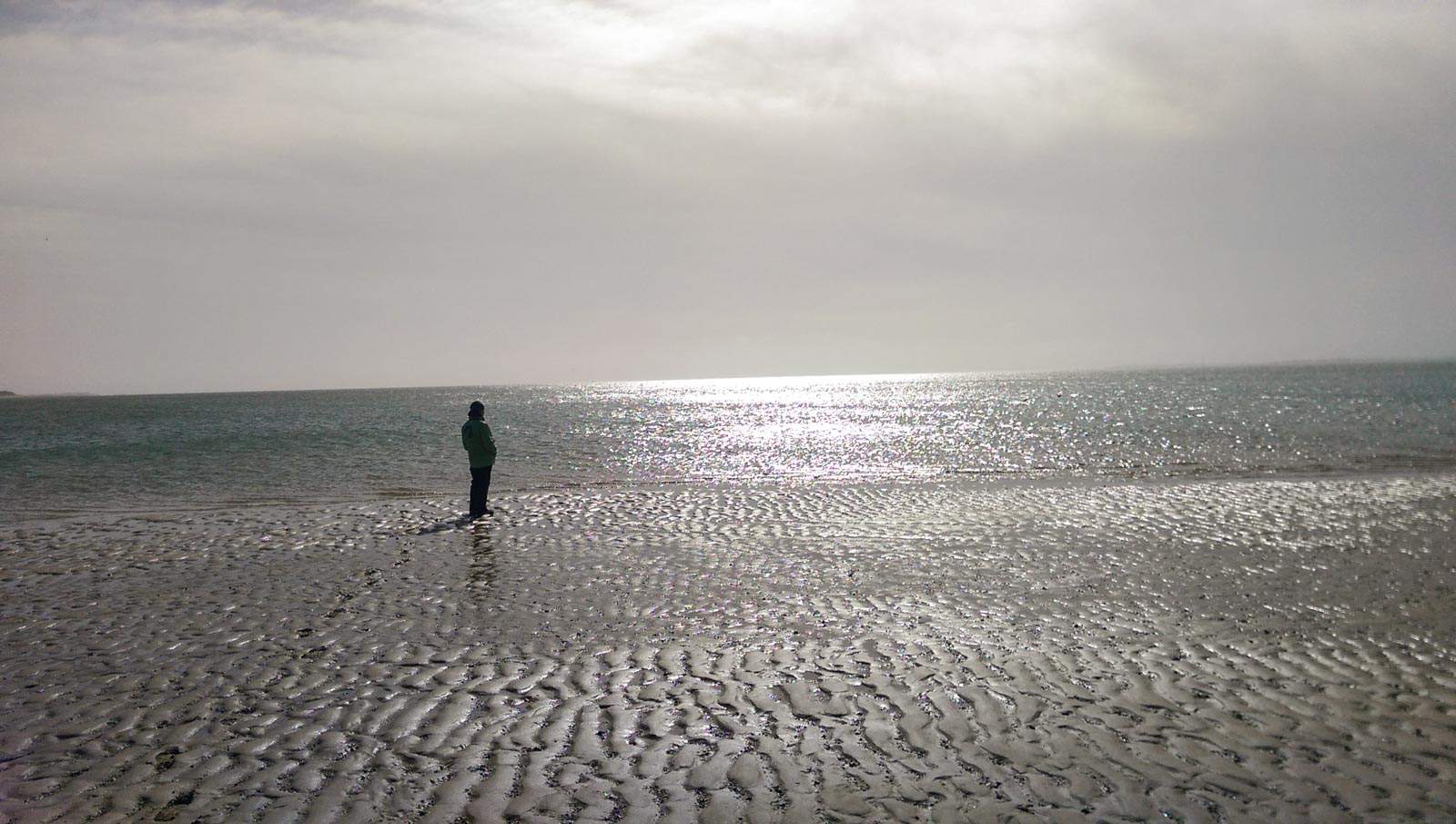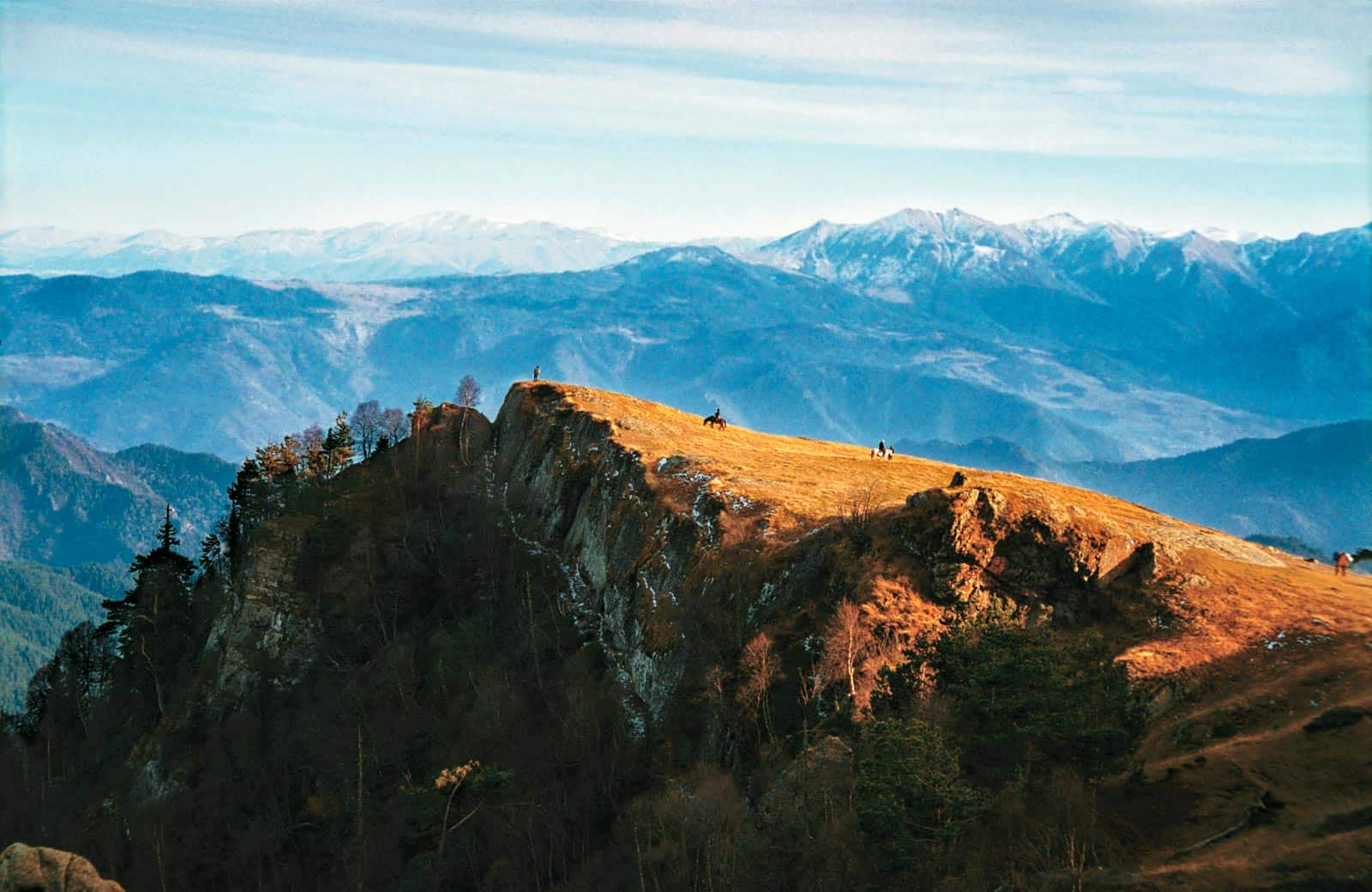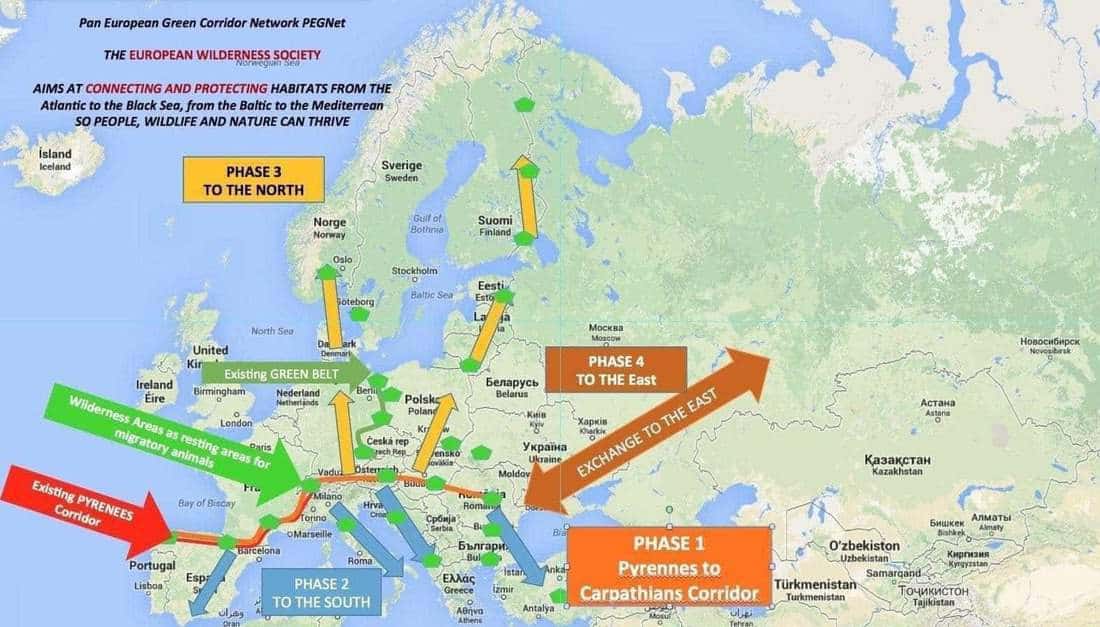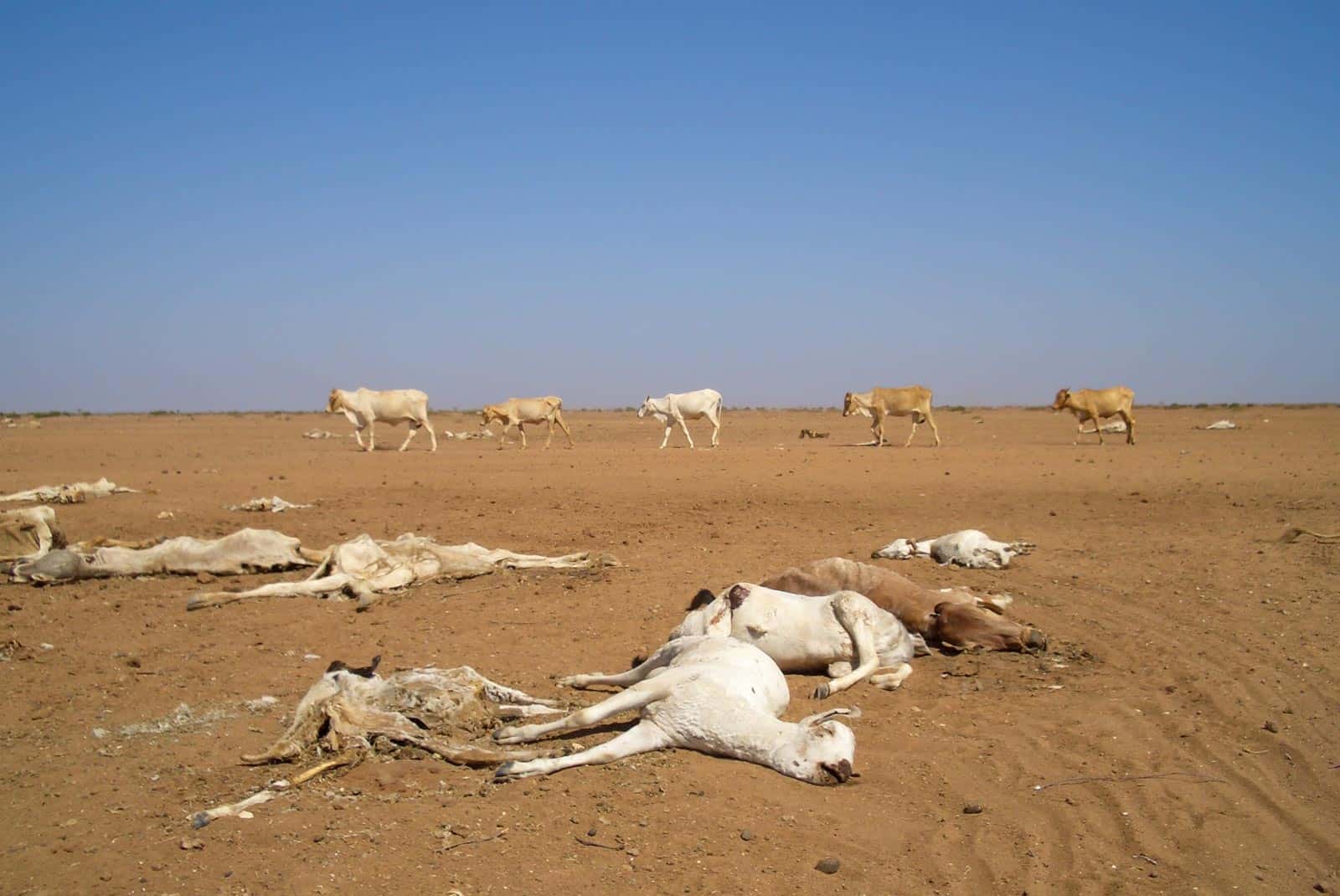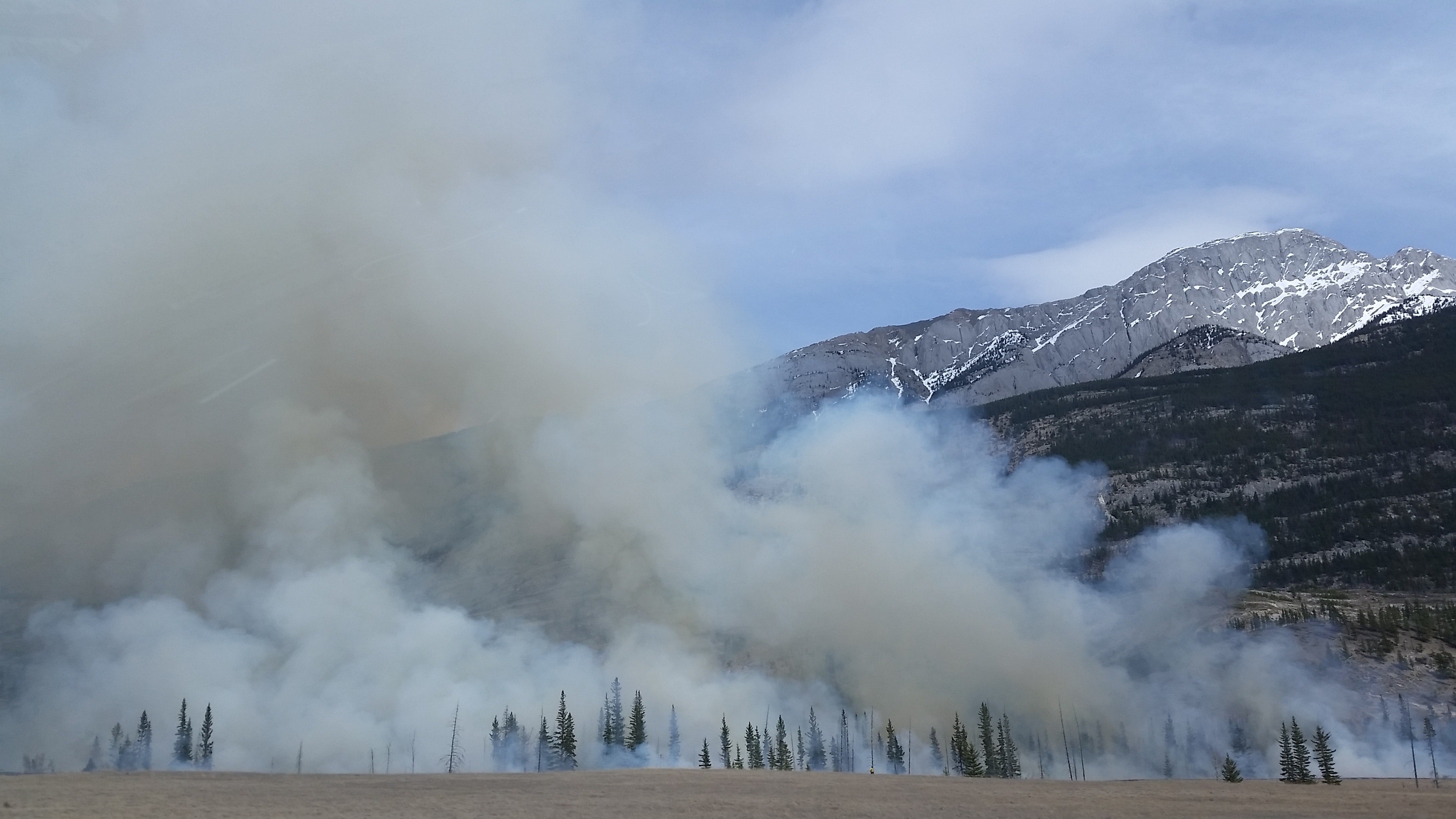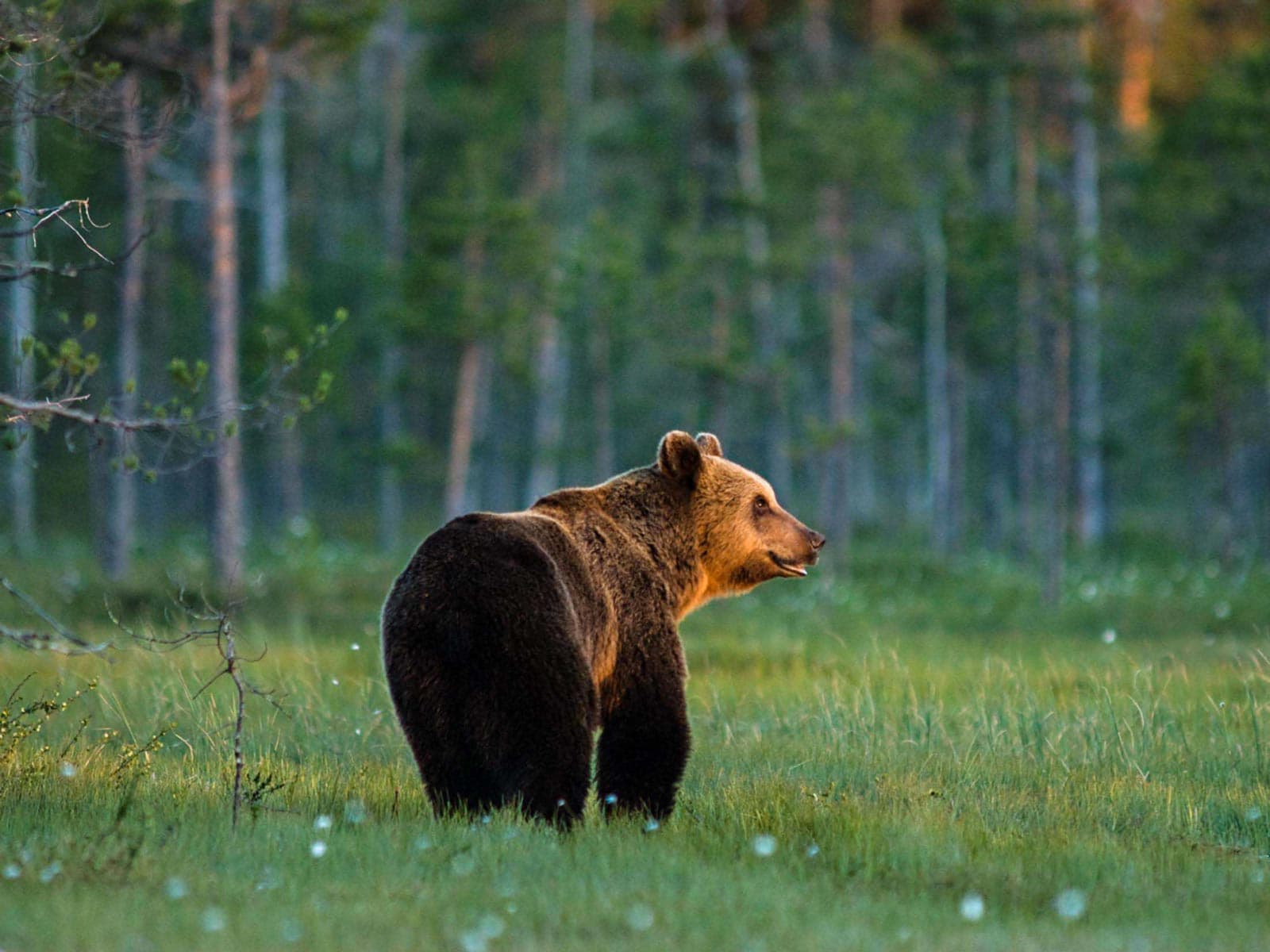Killing the Baltic Sea
The Baltic Sea is suffering from a lack of oxygen. Poor oxygen conditions on the seabed are killing animals and plants, and experts are now sounding the alarm . In order to save marine wildlife releasing fewer nutrients into the Baltic Sea is absolutely necessary.
The deepest areas of the Baltic Sea have always had a low oxygen content. The inflow of fresh water is actually limited by low thresholds at the entrance to the Baltic Sea. At the same time, there is a relatively fresh layer above the denser and saltier water in the deep layer of the sea.
During the last century, the areas of oxygen depletion have increased drastically from approximately 5,000 km2 in around 1900 to the present day, where they extend to 60,000 km2 — or about one and a half times the total area of Denmark.
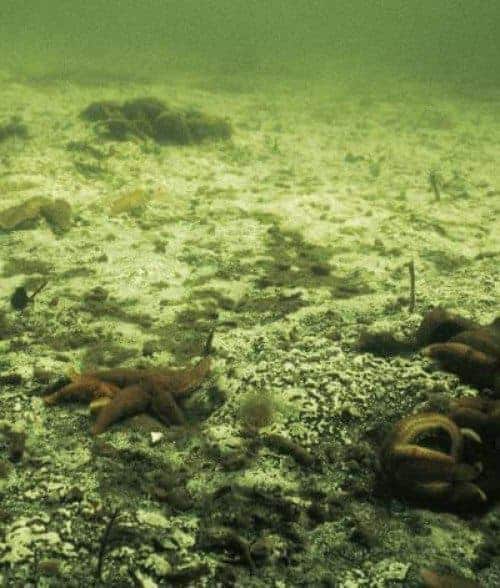
“We analysed data for the water temperature, oxygen content and salinity stretching back for 115 years. On the basis of this analysis, we can determine that the many nutrients from the land are the main cause of the widespread oxygen depletion,” says Professor Jacob Carstensen, Department of Bioscience, Aarhus University.
“The current agriculture practice around the Baltic Sea threatens not only marine wildlife but Wilderness areas such as the Archipelago National Park in Finland.” adds Zoltan Kun, chairman of the European Wilderness Society
The study is available at Jacob Carstensen, Jesper H. Andersen, Bo G. Gustafsson, and Daniel J. Conley. Deoxygenation of the Baltic Sea during the last century. PNAS, March 31, 2014 DOI: 10.1073/pnas.1323156111
The post is based on an article published in the Sciencedaily.com

